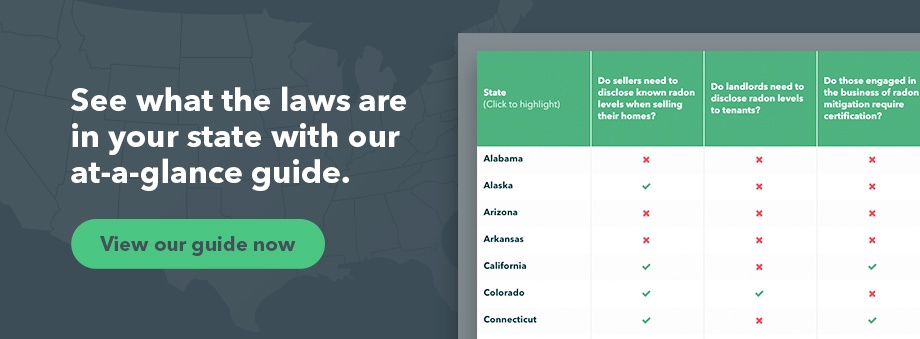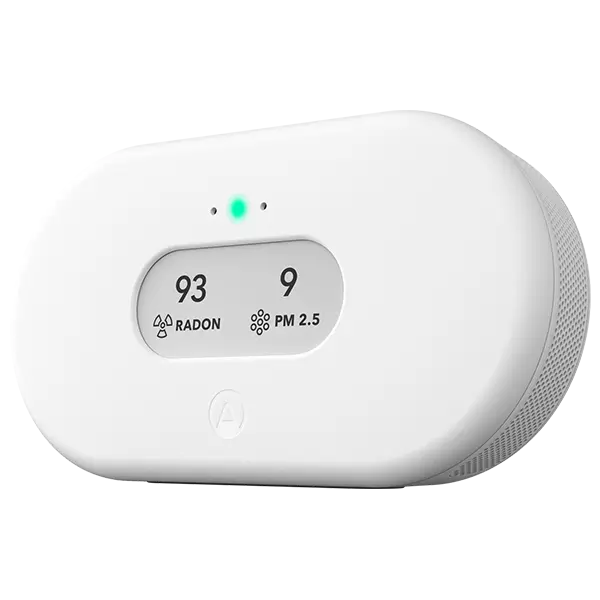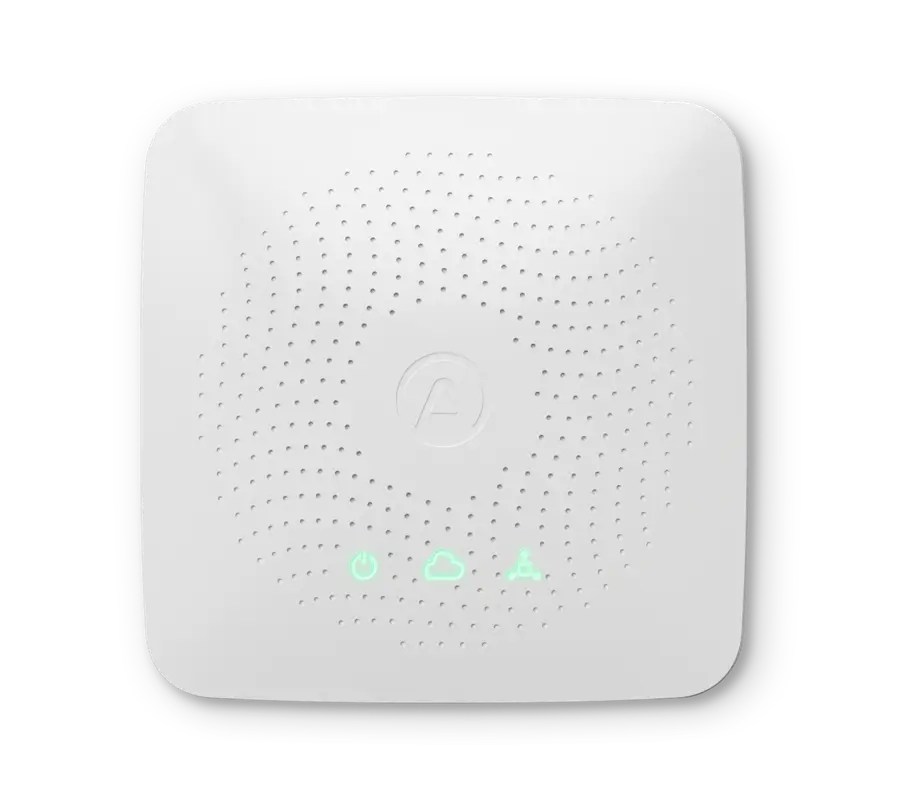Scroll to jump straight to the radon legislation guide ⬇️
What does your state do to measure and control radon, and what can you do personally to improve indoor air quality?
From the fires that ripped through the Amazon to the toxic smog that has cloaked Delhi in a perpetual gloom, climate change has dominated global headlines this year. The impressive rise of young Greta Thunberg, the world’s first climate ‘influencer’, demonstrates how this topic is rocketing up the news agenda.
While conversations are focused on outdoor air pollution and the rise in global temperatures, there are precious few conversations about the quality of our indoor air. However, the Environmental Protection Agency (EPA) reports that our indoor air is up to five times more polluted than the air outside, which means we need to be more aware of the potential risks inside our home – and how to ensure we live and work in the healthiest possible environment.
Radon is currently the number one cause of lung cancer among non-smokers, contributing to 21,000 deaths a year in the US and 20,000 in the EU. It’s a gas that can’t be seen or smelled, which makes it impossible to identify without the right equipment. What’s more, unlike many other pollutants, it occurs completely naturally from the breakdown of uranium in the earth’s soil.

This means that radon can occur in any town or city, regardless of the local attitude to air contamination. Across America, around 7.1 million homes are thought to carry high radon levels (you can see a detailed county-by-county map of incidence here, or why not find out what radon levels are like where you live?).
There is, to be sure, a way to stop it. As former U.S. Surgeon General Richard H. Carmona said way back in 2005, “this threat is completely preventable.” By installing the proper testing equipment, homeowners can detect any radon in their property and then reduce levels easily through small changes, improving their building’s ventilation or installing a dedicated radon reduction system.
Patchy legislation
Unfortunately, since Carmona issued his radon battlecry 14 years ago, U.S. lawmakers have done little to encourage action at a national level. Although the EPA has produced a series of guidelines, setting a clear limit for acceptable radon levels in the environment, the Federal Government has yet to set a binding cut-off for either homes or schools.
Individual states have made some progress in tackling radon, but their efforts are rather haphazard, varying wildly from one state legislature to the next. Some states have committed themselves to measuring radon levels throughout their territory; others have settled for more passive measures, such as radon awareness programs. A handful of states, such as Florida, have set aside funding for the eradication of radon, but the vast majority have not. Although a growing number of states now require radon inspectors to obtain a license, over half have yet to take this step.
Some progress has been made, at least regarding radon in the home. A total of 37 states have now passed legislation requiring home-sellers to disclose known radon levels before completing the transaction (although only a handful have introduced criminal penalties for misrepresentation). And over half the legislatures have written radon into their state’s building code.
What’s more, 11 states now require all new properties to be completely resistant to the gas. To help the real estate community adapt to this raft of new measures, the EPA has also created its own set of resources.
 However, there has been less progress in schools. At the time of writing, only 13 states have specifically addressed radon contamination in school buildings and nine have made radon testing mandatory. In some states, such as New York, home to the world’s most recognizable metropolis, testing is only required in areas identified by the EPA as ‘Zone 1’, or high risk. Another example of inconsistent legislation is California, which doesn’t require schools to be tested at all, despite the fact it encompasses around 6 million students and radon has been discovered in every single one of its counties.
However, there has been less progress in schools. At the time of writing, only 13 states have specifically addressed radon contamination in school buildings and nine have made radon testing mandatory. In some states, such as New York, home to the world’s most recognizable metropolis, testing is only required in areas identified by the EPA as ‘Zone 1’, or high risk. Another example of inconsistent legislation is California, which doesn’t require schools to be tested at all, despite the fact it encompasses around 6 million students and radon has been discovered in every single one of its counties.

Even in the select band of states that have made radon testing mandatory in school buildings, the frequency of such testing does not meet EPA standards. The most stringent of all U.S. states, Rhode Island, requires that schools be tested only every three years. In the case of Oregon, school principals can go an entire decade without calling in the inspectors.
It’s a similar situation in other public buildings, which continue to be overlooked by state lawmakers despite the pivotal role they play in their local communities. At present, only five states – Maine, New Hampshire, Illinois, Oregon, and Rhode Island – require their public facilities to be tested. For day care centers the figure rises slightly, to nine. There is also growing concern about housing authorities taking no action when it comes to testing radon in public housing, leaving America’s poorest families at risk.
Taking the law into your own hands
As a citizen, there is plenty you can do. Faced with patchy and often insufficient legislation, you can proactively empower yourself by installing the right equipment. By installing a smart, affordable radon monitor in your home or municipal building, you can gauge the exact level of radon in the property to ensure you know exactly what you’re dealing with, then take the appropriate action.
In addition to radon, these monitors can detect a range of other pollutants such as temperature, humidity, air borne chemicals, carbon dioxide, and air pressure. By controlling these factors, you can provide better air quality for those using the building, which in turn can lead to a better atmosphere (figuratively as well as literally), improved health and productivity, and enhanced quality of life.
Even if your local state legislature has done nothing to prioritize air quality, that doesn’t mean you need to be similarly reticent. The legislation may not require you to root out radon, but sometimes legislation isn’t the be-all-and-end-all. Sometimes, you just need to take the law into your own hands.










.webp)





%20(1).webp)

%20(1).webp)
